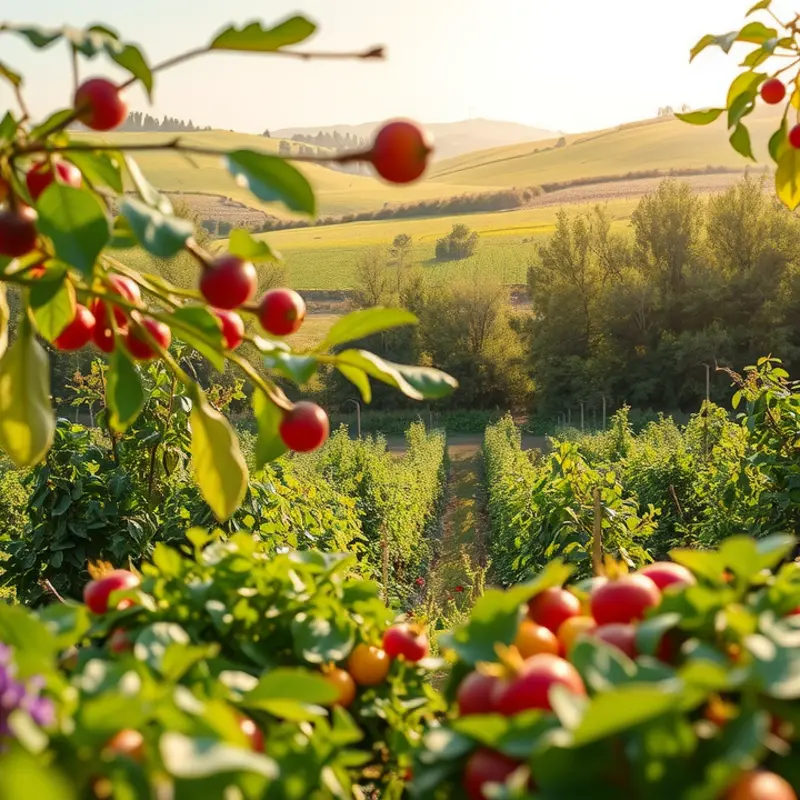Cast iron cookware is a beloved kitchen staple, revered for its durability and excellent heat retention. Whether you’re a novice or an experienced home cook, mastering the art of cooking with cast iron can elevate your culinary game. From proper seasoning to energy-efficient cooking techniques, this guide aims to equip you with straightforward, practical tips that will make using cast iron a joy. Get ready to discover the versatility and benefits of this timeless kitchen tool!
Understanding Your Cast Iron Cookware

Before beginning your culinary journey with cast iron, it’s essential to acquaint yourself with the various types of cookware available. Each type, from the versatile skillet to the robust Dutch oven, offers unique attributes suited to different cooking approaches.
Cast iron skillets, the most common type, are prized for their ability to conduct heat evenly. Ideal for searing and frying, they enhance the flavor and texture of your food, creating perfectly browned crusts. In contrast, Dutch ovens, with their heavy lids and deep profiles, excel in tasks such as braising, stewing, and baking. Understanding the capabilities of these pieces enables you to choose the best tool for each recipe, enriching your cooking outcomes.
One of the greatest advantages of cast iron is its durability. However, maintaining this requires proper care, beginning with seasoning. Seasoning involves coating the cookware with a thin layer of oil and heating it until it polymerizes, creating a hardened, non-stick layer. This process is pivotal not only for cooking efficacy but also for flavor enhancement. A well-seasoned piece adds depth to your dishes and eases cleaning.
Begin seasoning by preheating your oven to around 375°F (190°C). Coat your cast iron lightly with a high smoke point oil, such as flaxseed or grapeseed oil, ensuring even coverage. Place it upside down in the oven with aluminum foil beneath to catch drips. Bake for about an hour, then let it cool in the oven completely. Repeating this process several times primes your cookware for excellent performance.
While cooking, adhering to specific practices prolongs the life of your seasoned layer. Avoid highly acidic foods like tomatoes or vinegar-based sauces in freshly seasoned cookware as they can strip away the coating. Aged cookware can usually handle these ingredients after the seasoning layer matures over repeated uses.
Cleaning involves a careful balance too. Avoid harsh detergents since they can degrade the seasoning. Instead, use hot water and a stiff brush, drying thoroughly afterward to prevent rust. If food particles stick, a gentle scrub with kosher salt can preserve the seasoning well. Occasionally, rubbing your piece with a thin layer of oil after cleaning can maintain its luster and non-stick properties.
It is crucial to store your cast iron wisely. Keep the pieces in a dry place, stacked with a paper towel in between them if stored together, to absorb any residual moisture.
For those interested in expanding their culinary practices beyond traditional cast iron uses, explore these strategies which can broaden your scope by incorporating cast iron into a variety of meal types and dietary preferences.
Mastering the care and use of your cast iron cookware not only enhances meal preparation but also ensures that these kitchen staples last for generations. With diligent practices and a thorough understanding, you’ll have an invaluable asset in your cooking arsenal.
Cooking Techniques with Cast Iron

Cooking with cast iron is an art and science centered around heat control and technique. The first step toward success in cast iron cooking involves properly preheating your pan. Cast iron, despite its weight, has excellent heat retention but requires patience in heating. Place your cast iron on a burner set to medium and allow it to reach the desired temperature over 5 to 10 minutes. Test if it’s ready by sprinkling a few drops of water — they should sizzle and evaporate instantly.
When searing, the goal is to achieve a perfect crust on meats, locking in juices while developing rich flavors. Once your pan is properly preheated, add a high-smoke-point oil, ensuring coverage before placing the meat. Let it sizzle undisturbed for several minutes. Resist the urge to move it too soon — the initial stickiness you encounter is temporary and will release once the crust forms.
Sautéing in cast iron offers a similar advantage. The consistent heat distribution makes it ideal for browning and cooking evenly. Starting with a preheated pan and a modest amount of oil, add your vegetables, shaking occasionally to promote uniform cooking. To maintain moisture, consider covering the pan briefly or adding a splash of broth or water, which can also be used to deglaze and capture fond.
Baking in cast iron opens doors to creating luscious cornbread or deep-dish pizzas, known for their irresistibly crispy edges. Preheat the pan in your oven first, then carefully add your batter or dough. The result is a beautifully browned crust integral to these iconic dishes.
Managing high heat without burning requires mindfulness of temperature adjustments. Cast iron smooths out temperature spikes, but sticking to medium heat often enhances flavor development without risking scorching delicate ingredients. Reduce the temperature to low once initial food browning is done, letting the retained heat continue to cook the dish.
Incorporating flavorful oils and fats significantly elevates your dish’s taste. Infuse oils with herbs for added depth or use shallower melts, such as butter over low heat, to achieve nutty nuances. When selected thoughtfully, fats contribute complexity and allow ingredients to shine.
To further enhance your culinary creations, consider integrating flavor boosters that don’t rely heavily on salt, ensuring your dish remains balanced and healthful (learn more about flavor enhancements).
With practice, your cast iron pan becomes a trusted ally, capable of transforming simple ingredients into memorable meals. As you become familiar with your pan’s unique properties and perfect each technique, your confidence in using it will soar. From sizzling breakfasts to hearty, savory dinners, every meal can become an opportunity to appreciate the versatility and charm of cooking with cast iron.
Final words
Cooking with cast iron is a rewarding skill that every home cook should embrace. With proper understanding and techniques, you can maximize the potential of your cast iron cookware, ensuring that every dish is full of flavor and cooked to perfection. Remember to clean and maintain your pans regularly and don’t be afraid to experiment with different recipes and cooking methods. This enduring kitchen tool will continue to serve you and your culinary aspirations for years to come. Enjoy the journey of cooking with cast iron!







